In addition to picking out the right breed or combination of breeds for your backyard chicken coop, there are a few key characteristics that make a good backyard chicken. This article will outline the characteristics of a good backyard chicken and go over different breeds and breed terminology.
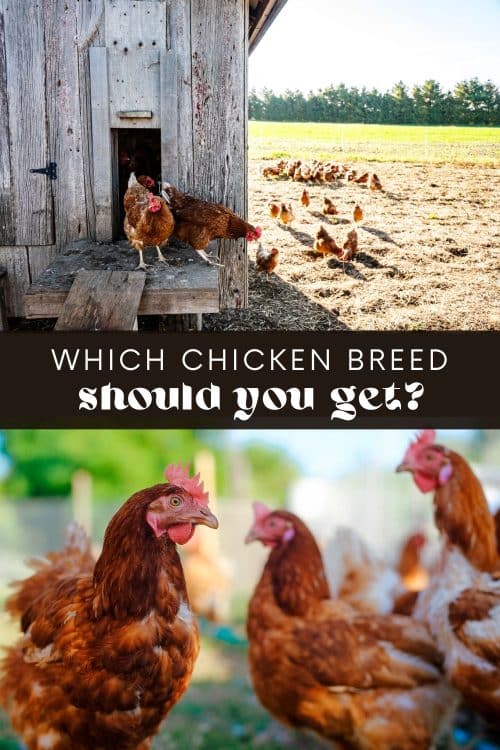
First and foremost, a good backyard chicken should be healthy and well-cared for. This means providing them with a clean and safe living chicken coop, as well as a nutritious diet. Chickens need access to clean water at all times, as well as a balanced diet that includes a mix of grains, vegetables, and occasional treats like mealworms or scratch grains. It’s also important to make sure they have access to plenty of space to roam and forage, as this helps to keep them physically active and mentally stimulated.
Another important characteristic of a good backyard chicken is its temperament. Chickens are social animals, and they generally do well when they are kept in a small group with other chickens. It’s important to choose breeds that are known for their friendly and docile personalities, as this will make them easier to handle and more enjoyable to be around.
A good backyard chicken should also be productive. This means that they should be good ayers, producing a steady supply of fresh eggs for their owners. Different chicken breeds have different egg-laying capabilities, so it’s important to do some research and choose a breed that is known for its egg-laying abilities. It’s also important to provide chickens with a secure and comfortable nesting area, as this will encourage them to lay their eggs in a designated spot rather than scattered throughout the coop.
Another factor to consider when choosing a good backyard chicken is its suitability for your climate. Chickens are hardy animals, but some breeds are better suited to certain climates than others. For example, some breeds have thick feathers that help them withstand cold climates, while others have lighter feathers that allow them to better tolerate heat. It’s important to choose a breed that is well-suited to the climate where you live, as this will help ensure that your chickens are comfortable and healthy throughout the year.
A good backyard chicken should be easy to care for and maintain. This means that it should be relatively low-maintenance, requiring minimal effort on the part of the owner to keep it healthy and happy. Chickens are generally easy to care for, but some breeds may require more attention or specialized care than others. It’s important to do some research and choose a breed that is suitable for your level of experience and commitment.
Overall, a good backyard chicken is one that is healthy, has a good temperament, is productive, is well-suited to your climate, and is easy to care for. By choosing a chicken that possesses these characteristics, you can enjoy the many benefits of keeping chickens as pets, including a steady supply of fresh eggs, companionship, and the satisfaction of caring for a living creature.

Looking for more in-depth chicken-keeping information? Take my course, Chicks with Confidence!
Chicks with Confidence is a straight to the point, fact based digital course that walks you through exactly what you need to get raising your baby chicks without breaking the bank or causing you to panic everytime they make a weird sounding peep!
What are the best chicken breeds for backyard layers?
There are many types of chickens that are well-suited for backyard egg-laying. Some of the most popular and productive egg-laying breeds include:
- White Leghorns: This breed is known for its high egg production, with some hens laying over 300 white eggs per year. These white chickens are definitely egg-laying machines. Leghorns are generally active and energetic, and they are well-suited to hot climates.
- Sussex: This is a dual-purpose breed, meaning that it is suitable for both egg-laying and meat production. Sussex chickens are known for their good egg production, with some hens laying over 250 cream-colored eggs per year. They are also friendly and docile, making them a good choice for backyard flocks.
- Rhode Island Red: This is another popular dual-purpose breed that is known for its egg-laying abilities. Rhode Island Red chickens are hardy and adaptable, and they can produce over 200 large brown eggs per year, plenty of eggs for backyard coop.
- Black Australorp: This breed is native to Australia and is known for its prolific egg-laying abilities. Black Australorps can lay over 250 brown eggs per year and are known for their calm and docile personalities.
- Plymouth Rock: This is a popular dual-purpose breed that is known for its good egg production. Plymouth Rock hens can lay up to 280 brown eggs per year and are generally easy to handle with a friendly disposition.
- Buff Orpingtons: This breed of chicken is known for their soft, golden-buff plumage and their friendly and docile personalities. They are a dual-purpose breed. A buff orpington is going to be a good egg-layer, producing around 200 brown eggs per year, and will be hardy and easy to care for. Buff orpingtons also make good mothers if you’re interested in hatching eggs.
- Marans: This breed is known for its dark brown eggs, which are highly prized by some consumers. Marans hens can lay up to 200 eggs per year and are generally docile and easy to care for.
- Isa Brown: Isa Brown chickens are a hybrid breed of chicken that was developed specifically for egg production. They are known for their high egg production, with some hens laying over 300 bornw eggs per year. Isa Browns are generally active and energetic and are also known as a friendly and docile breed, making them a good choice for those who want to keep chickens as pets.
- Easter Egger: Easter Egger chickens are a breed of chicken that are known for their ability to lay eggs with colorful eggs, such as blue, green, or pink. They are not a recognized breed by poultry organizations, but rather a “designer” breed that is created by crossing chickens from various breeds that carry the genetic trait for producing eggs with unusual shell colors.
Easter Eggers are popular among backyard chicken enthusiasts because of their ability to produce eggs with unique and attractive colors. They are generally friendly and docile, and they can be good layers, producing around 200 eggs per year.
One thing to keep in mind about Easter Eggers is that they are not a purebred breed, and as such, they may exhibit a wide range of physical characteristics. This is because they are created by crossing chickens from various breeds, and the resulting offspring can inherit traits from any of the parent breeds. This means that Easter Eggers can vary in size, shape, and appearance, and they may not be as predictable in terms of their egg production or other characteristics as purebred breeds.
It’s important to note that egg production can vary from one individual chicken to another, even within the same breed. Factors such as age, diet, and living conditions can all affect a chicken’s egg production.
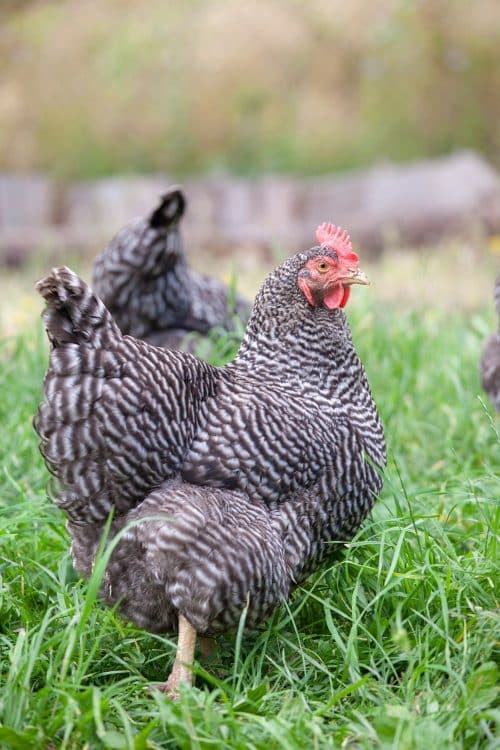
What are some unique chicken breeds that are fun for backyard chicken flocks?
There are many unique and interesting chicken breeds that can add variety and personality to a backyard flock. Some breeds to consider include:
- Silkie: This breed is known for its fluffy, silky plumage, which is unlike that of any other chicken breed. Silkies are generally docile and friendly, and they make great pets. They are not known for their egg-laying abilities, but they are popular among backyard chicken enthusiasts for their unique appearance and personality.
- Polish: This breed is known for its distinctive crested head and fluffy feathers. Polish chickens are generally friendly and docile, and they are good egg layers, producing around 200 eggs per year.
- Cochin: This breed is known for its large size and fluffy, feathery legs. Cochins are generally docile and make good pets, and they can produce around 150 eggs per year.
- Frizzle: This breed is known for its unusual, curled feathers that give it a distinctive appearance. Frizzle chickens are generally docile and friendly, and they can lay around 200 eggs per year.
- Ancona: This breed is known for its distinctive mottled pattern and its energetic personality. Ancona chickens are good egg-layers, producing around 200 eggs per year, and they are generally hardy and easy to care for.
- Wyandotte: This is a breed of beautiful birds known for its distinctive silver-laced or golden-laced plumage and its good egg-laying abilities. Wyandottes can produce up to 200 eggs per year and are generally docile and friendly.
- Jersey Giant: Jersey Giant chickens are a large breed of chicken that is known for its size and robust build. They are one of the largest chicken breeds, with roosters weighing up to 13 pounds and hens weighing up to 10 pounds. Jersey Giants are a dual-purpose breed, meaning that they are suitable for both egg production and meat production.
They are good egg layers, producing around 150-200 eggs per year, and they have a good feed-to-meat conversion ratio, making them a good choice for those interested in producing their own meat. Jersey Giants are generally docile and easy to handle, and they are well-suited to life on small farms and homesteads. However, because they are large birds they do require more space and may not be suitable for those with limited space.
There are many other unique and interesting chicken breeds to choose from, and selecting the right breed for your backyard flock will depend on your personal preferences and goals. It’s important to do some research and consider factors such as egg production, temperament, and adaptability to your climate when choosing a breed.

Looking for more in-depth chicken-keeping information? Take my course, Chicks with Confidence!
Chicks with Confidence is a straight to the point, fact based digital course that walks you through exactly what you need to get raising your baby chicks without breaking the bank or causing you to panic everytime they make a weird sounding peep!
What are Dual-Purpose Chicken Breeds?
A dual-purpose breed of chicken is a breed that is suitable for both egg production and meat production. These breeds are generally larger and more robust than purebred laying breeds and are known for their good egg production as well as their suitability for meat production.
Dual-purpose chickens are popular among backyard chicken enthusiasts because they offer the best of both worlds. They can provide a steady supply of fresh eggs, as well as a source of meat if desired. Some popular dual-purpose breeds include the Sussex, Plymouth Rock, and Rhode Island Red. These breeds can produce around 200-280 eggs per year, and they are generally hardy and easy to care for.
One of the benefits of dual-purpose breeds is that they tend to be more adaptable to different environments and climates. They are generally more resistant to disease and pests, and they are more tolerant of less-than-ideal living conditions. This makes them a good choice for those who are just starting out with backyard chickens, as they are generally easier to care for than some of the more specialized breeds.
In addition to their egg-laying and meat-producing capabilities, dual-purpose breeds are also known for their good temperament. They are generally friendly and docile, making them a good choice for those who want to keep chickens as pets. They are also generally more active and curious than purebred laying breeds, which can make them more entertaining to watch.
One thing to keep in mind when considering a dual-purpose breed is that they may not be as specialized in either egg production or meat production as purebred laying breeds or meat breeds. This means that they may not produce as many eggs or as large eggs as purebred laying breeds, or have as much meat on their bones as purebred meat breeds. However, for those who are looking for a versatile and all-around good chicken for their backyard flock, a dual-purpose breed can be a great choice.
What is a Heritage Breed of Chicken?
A heritage breed of chicken is a breed that is considered to be a “traditional” or “old-fashioned” breed. These breeds were developed over time through natural selection and were once the mainstay of small farms and homesteads. Heritage breeds are generally well-suited to life on small farms and homesteads, and they are known for their hardiness, good egg production, and adaptability to a variety of environments.
Heritage breeds are often contrasted with “industrial” breeds, which are breeds that have been developed specifically for commercial egg and meat production. Industrial breeds are generally larger and more productive than heritage breeds, but they are also more vulnerable to disease and may not be as well-suited to life on small farms and homesteads.
There are many heritage breeds of chickens to choose from, including breeds such as the Barred Plymouth Rock, Australorp, and Sussex. These breeds are generally more expensive to purchase than industrial breeds, but they are generally hardier and have longer lifespans, making them a good long-term investment for those who want to keep chickens on a small farm or homestead.
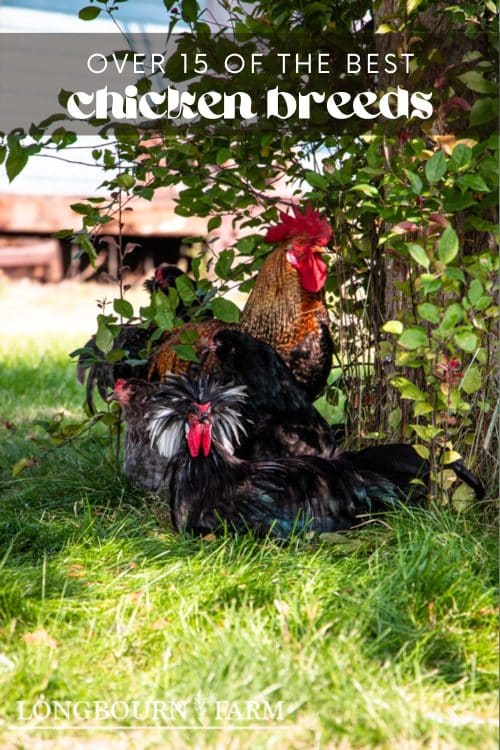
What determines egg color in chickens?
The color of a chicken’s eggs is determined by the presence of pigments in the shells. The most common shell color is white, which is produced when the shells do not contain any pigments. Shells can also range in color from pale blue to dark brown, depending on the presence of different pigments.
The primary pigment responsible for the color of chicken eggs is protoporphyrin IX, which is produced in the chicken’s oviduct.
The amount and type of protoporphyrin IX present in the oviduct determine the color of the egg. For example, the presence of large amounts of protoporphyrin IX results in the production of brown eggs, while the presence of smaller amounts results in the production of white or pale blue eggs.
Genetics plays the biggest role in the color of a chicken’s eggs. Different chicken breeds are predisposed to produce eggs with different shell colors. For example, Leghorn chickens are known for producing white eggs, while Marans chickens are known for producing dark brown eggs. However, it’s important to note that individual chickens within a breed may produce eggs with slightly different shell colors, due to factors such as diet, age, and living conditions.
In conclusion, the color of a chicken’s eggs is determined by the presence of pigments in the shells, with protoporphyrin IX being the primary pigment responsible for shell color. The genetics of the chicken will be the main determiner of egg color, with different breeds being predisposed to produce eggs with different shell colors.

Looking for more in-depth chicken-keeping information? Take my course, Chicks with Confidence!
Chicks with Confidence is a straight to the point, fact based digital course that walks you through exactly what you need to get raising your baby chicks without breaking the bank or causing you to panic everytime they make a weird sounding peep!
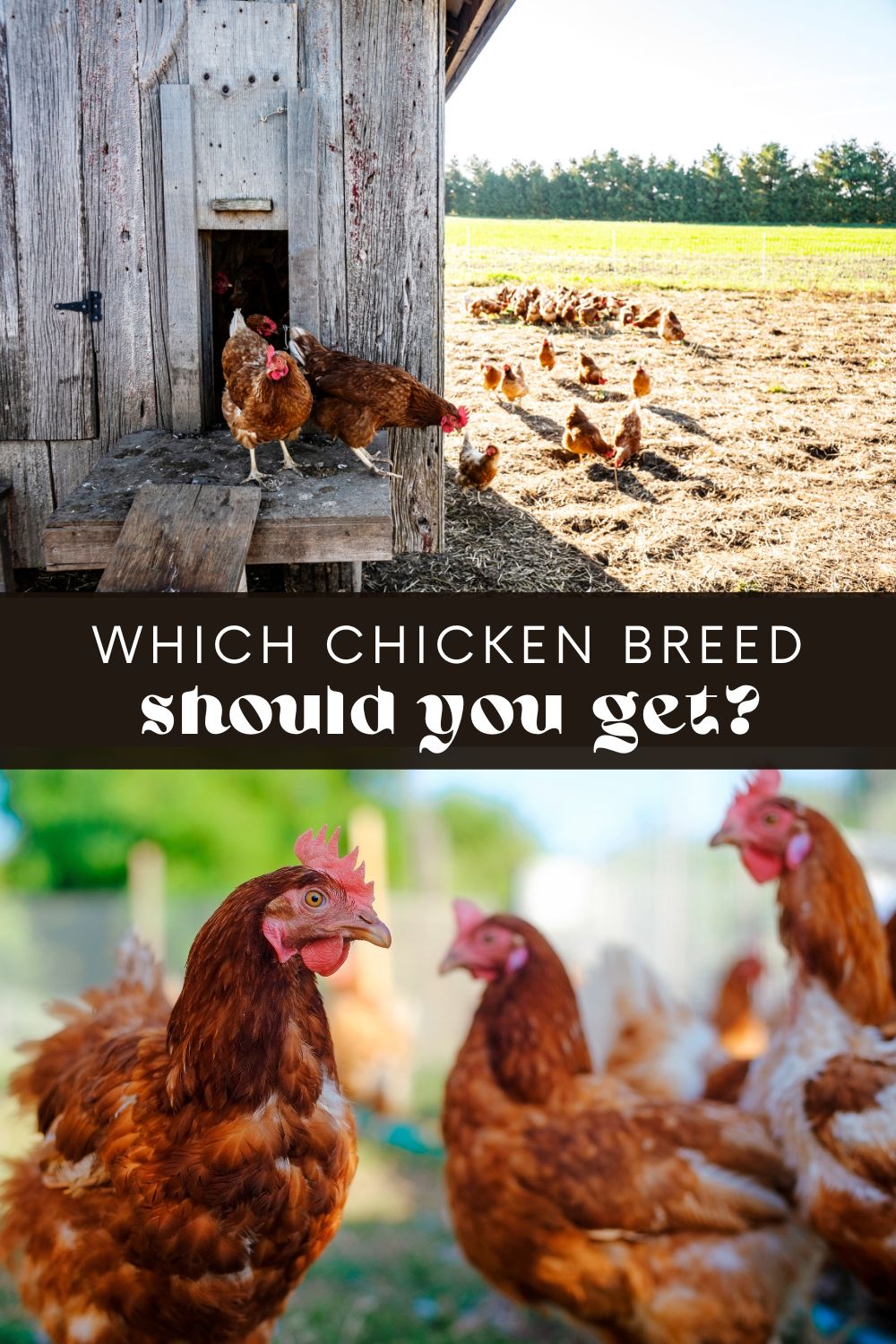
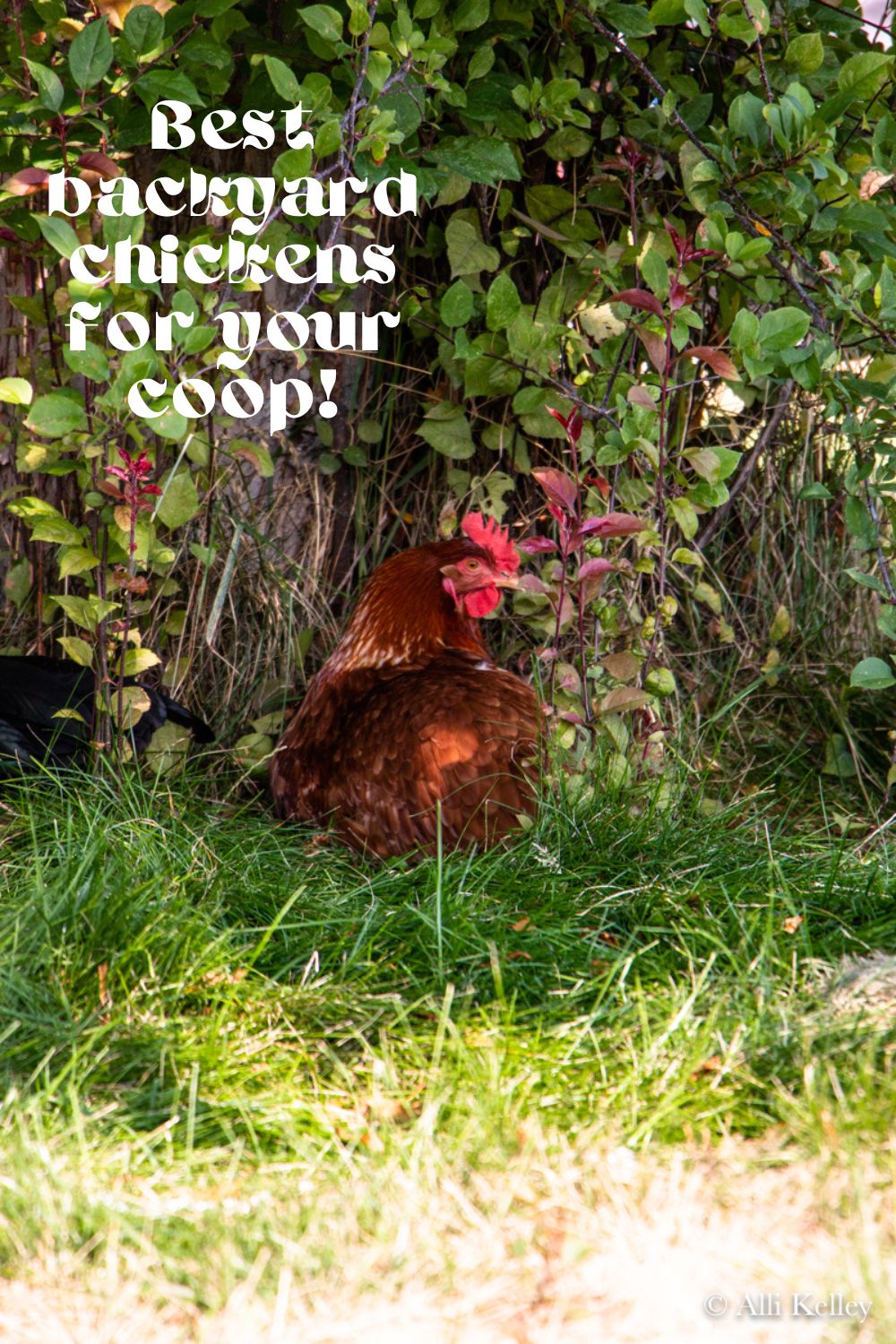
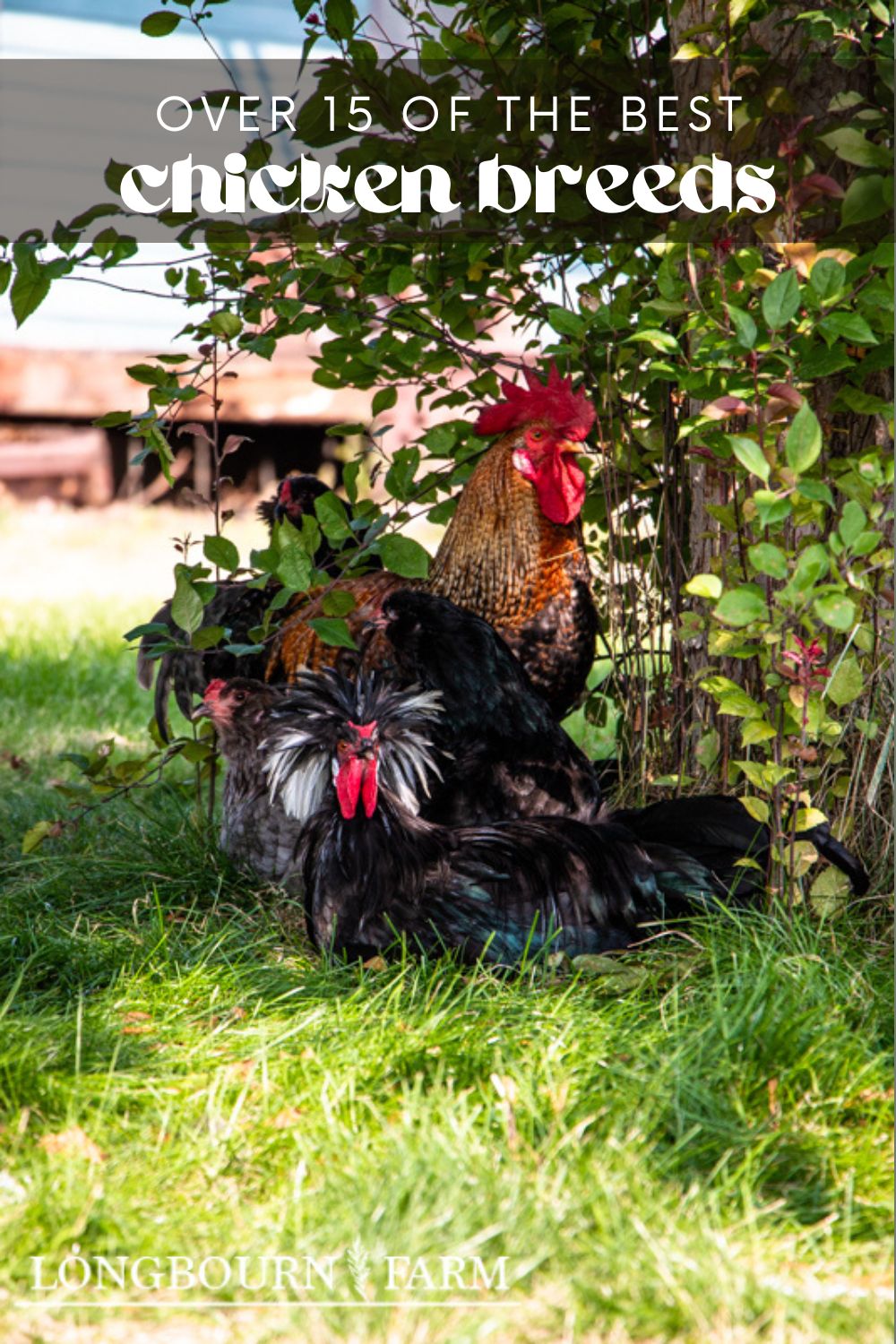
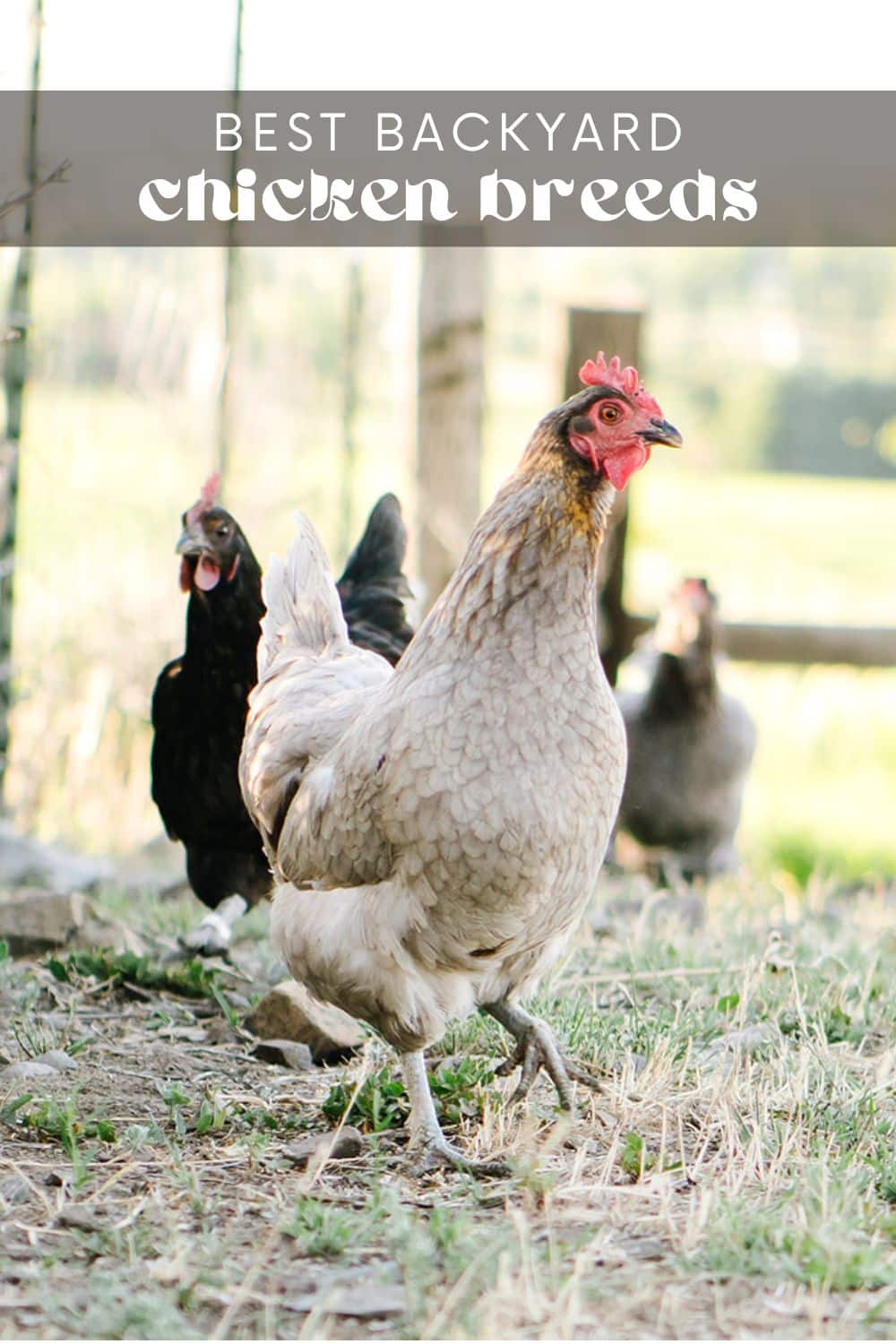


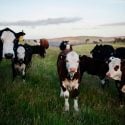


[…] Best Laying Chickens for Backyard […]